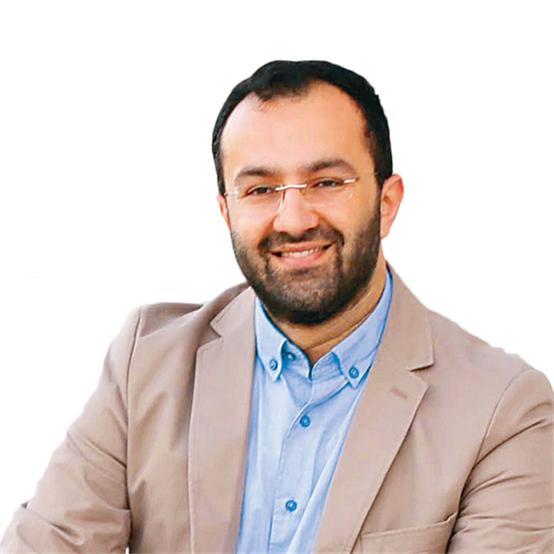Indian Prime Minister Narendra Modi made an interesting appearance last week in a small coastal town in the western state of Gujarat. Accompanied by professional naval officers from the Indian Navy, Modi dived off the coast of Dwarka, where he prayed at the underwater remains of the ancient city, believed to have been founded by the Hindu deity Krishna. Modi meticulously performed all the religious rituals and emphasized experiencing a "divine encounter" upon returning to shore.
Gujarat is Narendra Modi's home state. However, it also served as the center of the prominent Islamic state of the Gujarat Sultanate (1391-1583) established within Indian territories. The reign of Sultan Abu'l-Fath Nasiruddin Mahmud Shah (1458-1511), which marked the peak years of the Sultanate, is still remembered with Hindu resentment and anger. During this period, Mahmud Shah, who left an Islamic mark on Gujarat, engaged in prolonged wars with Hindus. It is believed that under his orders, a large Hindu temple dedicated to the god Krishna in Dwarka was demolished. The public image painted of Mahmud Shah is akin to the infamous Emperor Aurangzeb of the Mughal Empire (reign: 1658-1707), who is often vilified for similar reasons: imposing Islam on Indian history.
Since assuming office in 2014, Narendra Modi has covertly supported all kinds of provocations and attacks against the Muslim population in his country while also endeavoring to erase Islamic traces from India's past and replace them with Hindu culture. Armed gangs are being empowered, smear campaigns against Muslim historical figures are being launched, and actual assaults against the Muslim community are being tolerated.
---
When Caliph Umar personally arrived in Jerusalem from the capital Medina in 638 to conquer it, what was going through his mind? Muslims had been facing Jerusalem in prayer for approximately 14 years during the 23-year prophethood, yet the physical structure of Al-Aqsa Mosque was not there at the time. Since the Romans had completely destroyed Jerusalem in 70 AD, the Prophet and his companions had actually designated the site of a future mosque. The message was clear: "O Muslims, there was once a place here that belonged to you. You will first turn to it with your bodies and hearts, and eventually, you will rebuild and revive it."
Just six years after the Prophet's passing, the time had come, and Muslims embarked on the restoration of Al-Aqsa Mosque in all its aspects.
---
The construction and preservation of identity are essential tasks for all nations worldwide. For Muslims who are conscious of being chosen as the "vicegerents" of the earth, this task is one of the fundamental elements that give meaning to their lives and existence. A careful examination of Islamic history reveals a direct correlation between the preservation of identity and the political and military superiority of Muslims. Conversely, it is a well-known fact that when identity is not preserved, a community becomes vulnerable to enemy attacks.
Today, what is happening in Gaza - and in other parts of the Islamic world - serves as a reminder for all of us to carefully study history, deeply contemplate its lessons, and firmly prepare for the future.




















